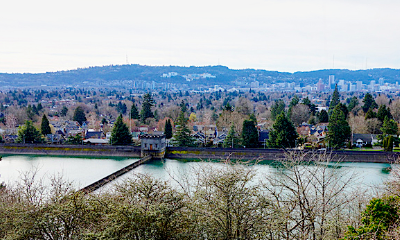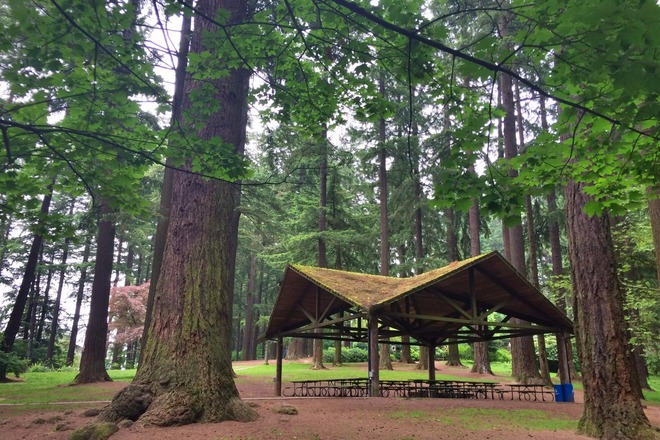Mt Tabor Park Arrest Dallas Ga
Table of ContentsMt Tabor Church Park Rocky Ridge MdMt Tabor Park Portland OrMt Tabor Park Portland Or
Learn more about closures and postponements related to the COVID-19 pandemic response.The Mt. Tabor Park Summit Restrooms were closed to public use for many years due to their state of disrepair and ADA accessibility issues. Thanks to the passage of the Parks Replacement Bond, funds were available to restore the restrooms, including plumbing and electrical systems, sewer line, lighting, roof, and seismic upgrades, while maintaining their historic character.Tabor Park. To find out how you can help at your neighborhood park, call 503-823-5121. Mt. Tabor Invasive Plant Control and Revegetation ProjectPortland's Mt. Tabor, a volcanic cinder cone, was named by Plympton Kelly, son of Oregon City pioneer resident Clinton Kelly, after Mt. Tabor in Israel, six miles east of Nazareth.
By 1900, Portland's growing eastside population demanded park space; in 1903 landscape architect John C. Olmsted recommended the city obtain more land at Mt. Tabor. In 1909, the Board of Park Commissioners used voter-approved bonds to buy approximately forty lots on Mt. Tabor for $366,000.Portland Parks Superintendent Emanuel Tillman Mische, who had worked with the Olmsted Brothers' landscape design firm in Massachusetts, developed a naturalistic design for the park.
It also showcased native plants. In 1912, construction workers discovered volcanic cinders which were later utilized in surfacing the park's roads.At the crest of the park is a bronze statue of Harvey W. Scott, editor of The Oregonian newspaper from 1865-1872 and from 1877 until his death in 1910. A gift to the city by Scott's widow, Margaret, and family, it was sculpted by Gutzon Borglum in the early 1930s while he was at work on his monumental sculpture of four American presidents on Mt.
Cast by the Kunst Foundry in New York, it was unveiled in June 1933 with great ceremony.In 2017, the Mt. Tabor Park summit restrooms were reopened after being closed for many years. Funding from the 2014 Parks Replacement Bond allowed critical improvements like new plumbing, electrical systems, sewer line, lighting, roof, seismic upgrades, and ADA accessibility improvements from Harvey Scott Drive to the ADA accessible restroom..
Mount Tabor is an extinct volcanic vent, the city park on the volcano, and the neighborhood of Southeast Portland, Oregon that surrounds it. The name refers to Mount Tabor, Israel. It was named by Plympton Kelly, son of Oregon City pioneer resident Clinton Kelly. The peak of Mount Tabor is 636 feet (194 m) in elevation; about two-thirds of this is prominence since the surrounding land is about 200 feet (61 m) elevation.
Dog Park Mt Tabor
KeyserArchitectural styleLate Victorian, Late 19th And 20th Century RevivalsNRHP reference No.Added to NRHPSeptember 22, 2004 Near the peak, where a basketball court and outdoor amphitheater are now situated, part of the cinder cone has been cut away, and the rock is visible to park visitors. The remaining cinders were used to pave the nearby parking lot - mt tabor park pavilion.
The lava field has been extinct for over 300,000 years. Three other cinder cones from this field also lie within the city of Portland: Rocky Butte, Powell Butte, and Kelly Butte - mt tabor park portland. Portland is one of six cities in the United States to have an extinct volcano (Mount Tabor) within its boundaries.
Jackson Volcano in Jackson, Mississippi, Diamond Head in Honolulu, Glassford Hill in Prescott Valley, Arizona and Pilot Knob in Austin, Texas being the others. The volcanic nature of Mount Tabor became known in 1913, when a road-building crew discovered traces of volcanic cinders in the park. United States historic place The land making up the Mount Tabor volcanic butte was identified as a site for reservoirs in the 1880s due to its ideal elevation for a water distribution system.



Mt Tabor Park Portland Or

Eliot and other park supporters took him on a tour throughout the city so that he could create a grand plan of parks. Olmsted recommended that Mount Tabor be protected for future park use, even though it was well removed from the city at the time - mt tabor park trails. Following Olmsted's recommendation, the Portland Parks Bureau began to acquire land there in 1909.
The 196-acre (0.79-km²) Mount Tabor Park was the largest Portland park until 1947 when Forest Park was created. Mount Tabor Park does not appear to have ever been formally ordained by the City as a park. According to archival records, an ordinance declaring Williams Park, named for a prominent citizen, was stopped by neighborhood activists wanting the historic name, Mount Tabor Park, to be retained.
This post was brought to you by - Best Metal Roofing Portland